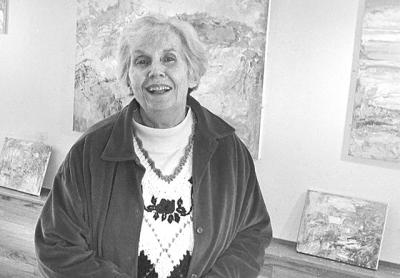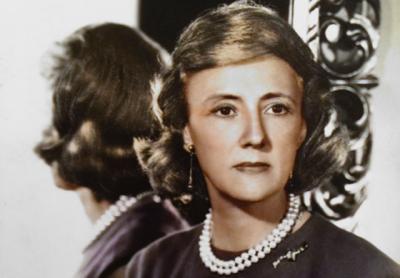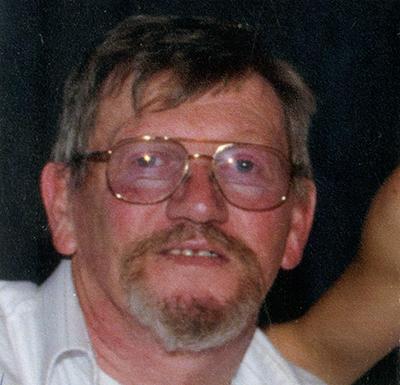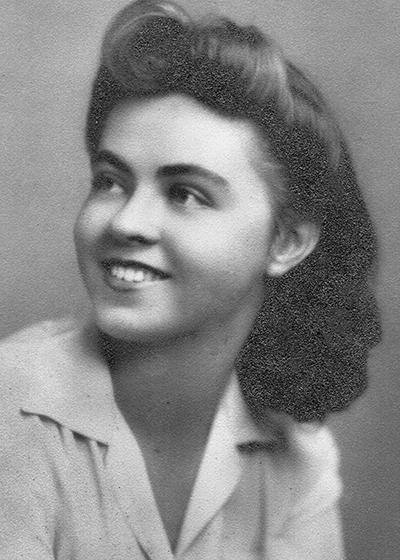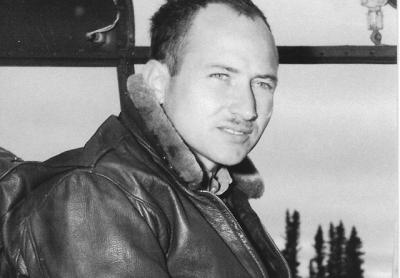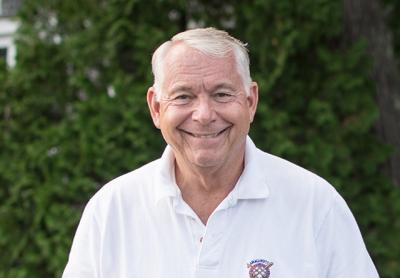For Dale Booher
For Dale Booher
A memorial gathering for Dale Booher, an architect and garden designer who lived in East Hampton in the 1970s, will be held on Saturday at 2 p.m. at his house on Shelter Island. Mr. Booher died on Sept. 15.
An obituary will appear in a future issue.

